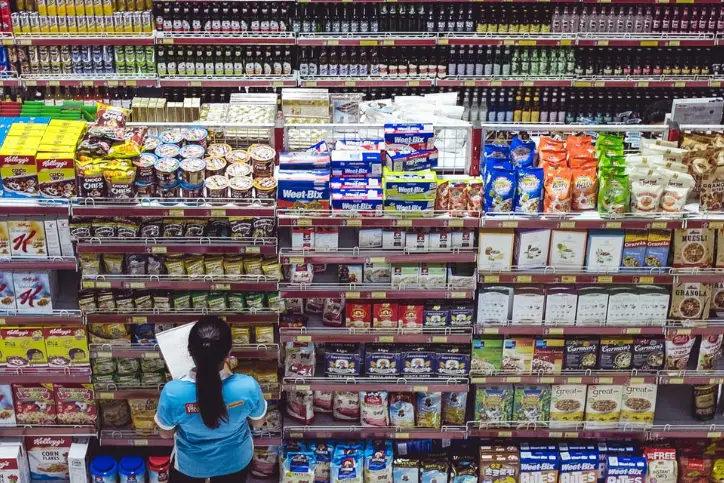
Retail Category Management is Transforming
 Gary Saarenvirta
Gary Saarenvirta
Historically, most of the focus of automation and AI has been on instore and warehouse activities. However, head-office functions such as assortment planning, promotions, forecasting, pricing, and supply chain management are beginning to experience a rapid and substantial shift as well, mostly spurred on by the pandemic and the retailer’s necessity to reduce the costs of running their business. Advancements in technology is making this much easier, McKinsey estimates that 30-40% of Merchants’ current head office activities are automatable just with today’s technology which grows in capability every day.
Traditional Category Management processes and activities have mostly remained the same for the last 50 years but are significantly being transformed by early adopters from Bricks and Mortar retailers and becoming more like their eCommerce counterparts. Planning systems driven by AI are automating time consuming processes and providing autonomous analytics. These AI driven analytics ongoingly generate near time best possible assortment scenarios, promotions, price points and channel choices based on the strategies of the Merchants.
At the very heart of AI driven analytics is fully understanding the “Halo” effect and just as importantly, having the ability to impact it. All Merchants know intuitively the concept of halo, or associated sales. They know that if they put hotdogs on promotion then buns, relish and onion sales will go up along with it. Conversely the sales of hamburger patties, they know, will decline because of cannibalization. Historically, understanding and planning for the halo effect has been minimal, even the most advanced analytical technologies have tended to ignore it simply because of the incredible complexities. To account for all the variables involved in the Halo such as items selection, price, seasonality, forward buying, cannibalization etc. a merchant team would have to run through millions of scenario weekly. This is simply not humanly possible without AI and autonomous learning irrespective of how many data scientists or analysts you throw at it.
Planning for the halo and using AI to do it is becoming urgent for retailers who want to compete in the retail world of the future and is only made more urgent by the astonishing growth of Omnichannel. Managing all the channels as one whole Halo to the ultimate satisfaction of customers is complex and impossible to get right without technology, but that technology that is available today.

Gary Saarenvirta
Daisy’s Founder and CEO, and a preeminent authority on artificial intelligence and its ability to transform how businesses grow. He is also a member of Daisy’s board.




